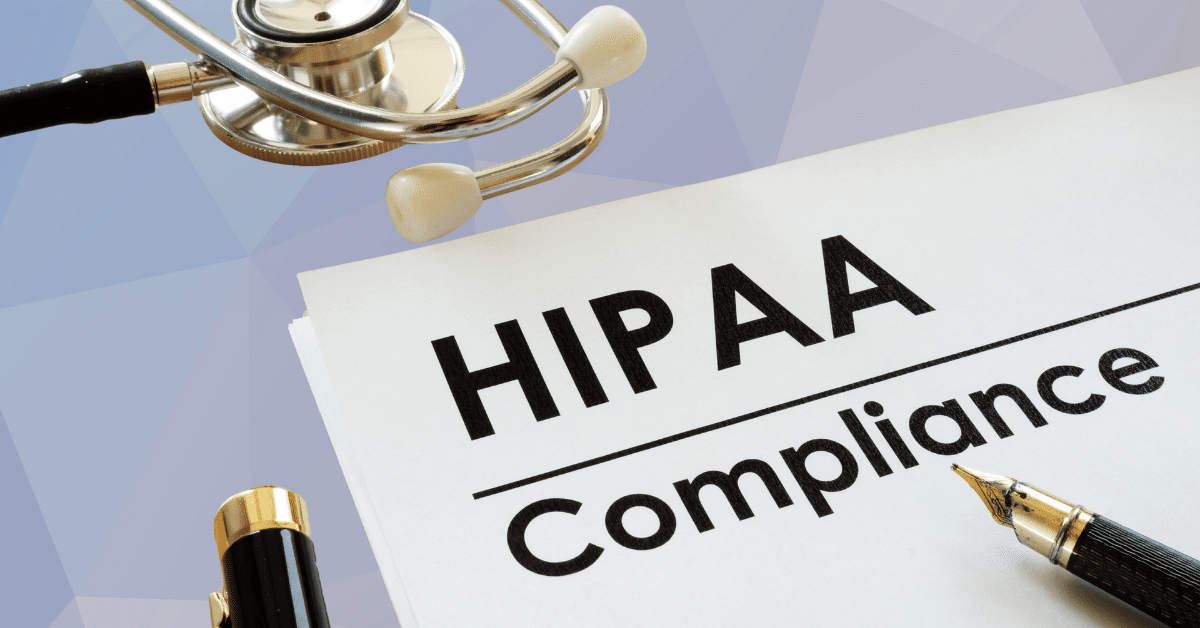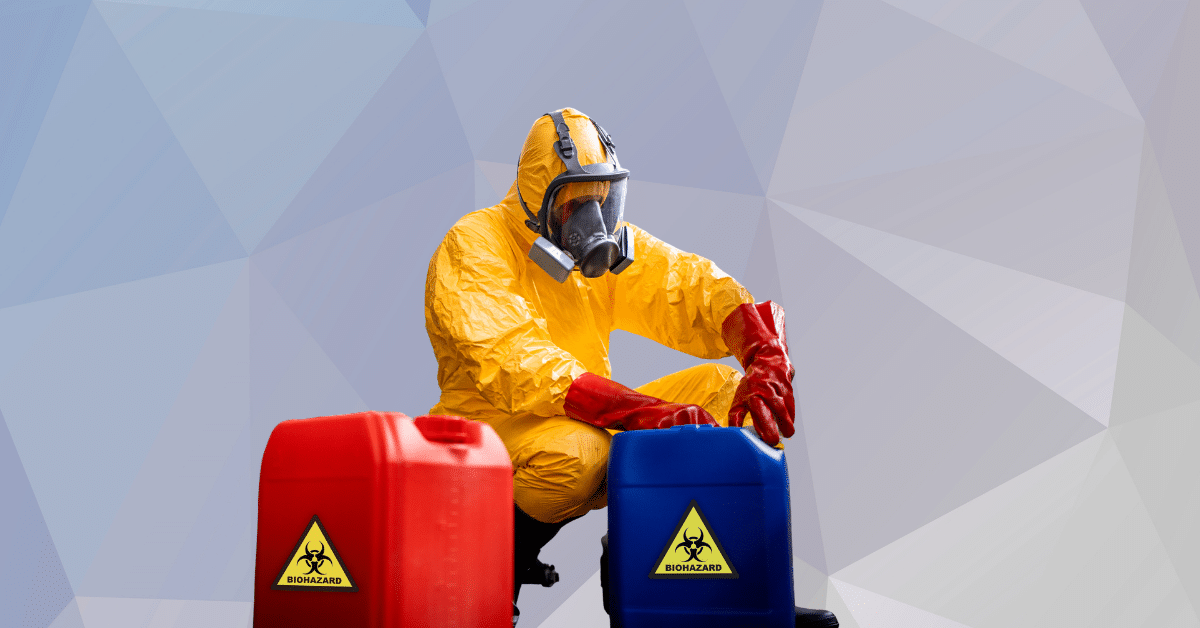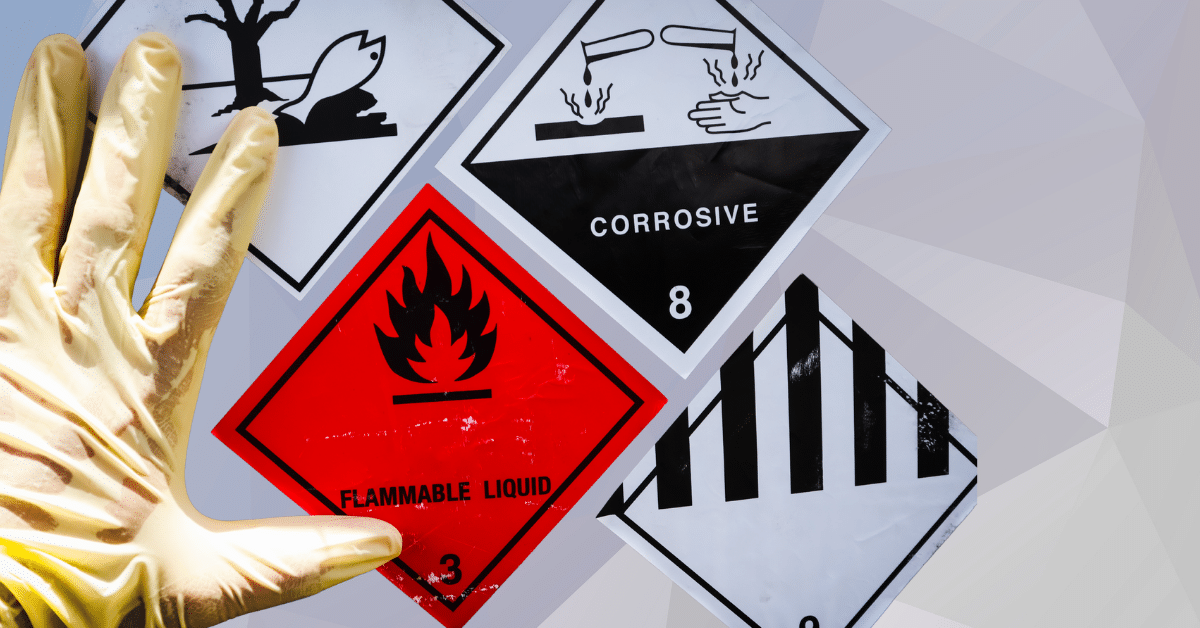HIPAA Compliance and the Everyday Training Dilemma
A compliance officer at a midsize clinic once admitted something to me: “I can get my staff to show up for in-person HIPAA training, but half the time, they’re distracted. When we tried an online program, people actually finished it—but I don’t know if they’re really learning.”
That uncertainty captures what many leaders wonder: Are online HIPAA Compliance programs as effective as in-person training? The stakes are high. HIPAA isn’t just a set of rules—it’s the foundation of patient trust. How we deliver training matters just as much as the content itself.
The Core Challenge with HIPAA Compliance
The central challenge is engagement. In-person training can provide discussion, immediate answers to questions, and peer accountability. But it also comes with logistical headaches—scheduling, time away from patients, and the risk that employees mentally “check out.”
Online training, meanwhile, offers flexibility and consistency. Employees can learn at their own pace, repeat sections, and fit modules into busy schedules. But the worry lingers: are staff just clicking through slides to finish quickly, or are they truly absorbing the lessons?
This tension—between convenience and connection—is what makes the decision so complex.
Any Delivery Method Matters for HIPAA Compliance
With the rise of new cyber threats looming for the healthcare sector, any delivery method for HIPAA compliance is better than no training at all. What matters more is the frequency of these compliance programs and the level of retention for healthcare workers.
Healthcare has changed dramatically in recent years. Telemedicine, patient portals, and mobile health apps have expanded how information is stored and shared. At the same time, cyberattacks against healthcare organizations are increasing. In 2023, more than 100 million patient records were exposed in reported breaches across the U.S.
Against that backdrop, training has never been more important. Outdated or ineffective programs don’t just risk fines—they risk patient safety and trust. The delivery method of HIPAA Compliance training isn’t a side issue. It shapes whether employees are prepared for today’s risks or left guessing.
Blended Learning Boosts HIPAA Compliance Retention
Research shows e-learning can boost retention compared to traditional lectures. According to a study from the Research Institute of America, e-learning increases knowledge retention rates by up to 60%. But other surveys show employees value live discussions and real-life examples that are easier to explore in person.
HIPAA Compliance training isn’t about choosing one or the other—it’s about aligning the method with your workforce. A hybrid approach often works best: online modules for baseline knowledge, paired with in-person sessions for application and discussion. This combination recognizes the diversity of learning styles and reinforces that compliance is a living practice, not a one-time event.
Practical Strategies & Tools for HIPAA Compliance Training
Organizations asking whether online HIPAA Compliance programs are as effective as in-person sessions don’t need an either/or answer. They need strategies to maximize impact:
- Blended learning. Use online modules for core knowledge and in-person meetings for real-world scenarios.
- Interactive design. Add quizzes, branching scenarios, and role-play activities to online training so staff stay engaged.
- Short, frequent refreshers. Replace one long annual lecture with shorter, quarterly updates—whether online or live.
- Role-specific content. Tailor training for different groups: clinical staff, reception, billing, and IT all face unique HIPAA risks.
- Track and measure. Online platforms provide completion data, while in-person training can gather feedback immediately. Use both to see what’s working.
HIPAA Compliance and the Role of Community & Support
No program—online or in-person—can succeed without community support. Compliance has to be more than a checkbox; it needs to be a shared commitment.
- Leadership sets the tone. When managers complete training with seriousness, employees follow suit.
- Peer accountability matters. Coworkers reminding one another to lock screens or keep conversations private reinforces daily habits.
- Open dialogue builds confidence. Whether online discussion boards or in-person huddles, employees need spaces to ask, “What should I do in this situation?”
- Support systems catch mistakes. Anonymous reporting tools or designated compliance officers help employees speak up without fear.
HIPAA Compliance is strongest when it feels like teamwork, not punishment.
Stories & Examples of HIPAA Compliance Training in Action
At one regional hospital, leaders switched to online HIPAA Compliance training during the pandemic. At first, they worried engagement would drop. But by adding interactive case studies and follow-up discussions in staff meetings, they saw completion rates climb and data handling errors decline. Staff appreciated the flexibility, and managers liked the consistency.
On the other hand, a community clinic moved entirely online and skipped any follow-up. Employees complained that the modules felt generic and disconnected from their daily work. Six months later, a breach occurred when records were emailed through unsecured channels. After that, the clinic introduced quarterly in-person workshops to complement the online program, and compliance outcomes improved.
These examples highlight the same truth: the method itself isn’t the problem. The design determines effectiveness.
Sustaining the Change Through HIPAA Compliance Training
Training has to be ongoing. One-and-done sessions, whether online or in person, simply don’t work. Sustaining HIPAA Compliance requires building training into the rhythm of work:
- Include HIPAA Compliance in onboarding so new hires start strong.
- Provide annual full training plus quarterly refreshers.
- Use real-world incidents as teachable moments in staff meetings.
- Track progress and gather employee feedback to keep training relevant.
- Reinforce daily habits—like secure logins and private conversations—so compliance feels natural.
The goal isn’t perfection after one session. It’s steady reinforcement over time.
Takeaway & Call-to-Action
So, are online HIPAA Compliance programs as effective as in-person training? The answer is: they can be—if they’re built thoughtfully and reinforced with culture, discussion, and consistency. Online training provides flexibility and scale. In-person sessions bring human connection and dialogue. The strongest programs often use both.
If you’re evaluating your own training, ask yourself:
- Do employees finish training and apply what they’ve learned?
- Does the program reflect today’s risks, not just yesterday’s rules?
- Is there space for discussion, questions, and support?
The true measure of effectiveness isn’t whether training happens online or in person. It’s whether staff feel confident, patients feel safe, and the organization earns trust every day.


















